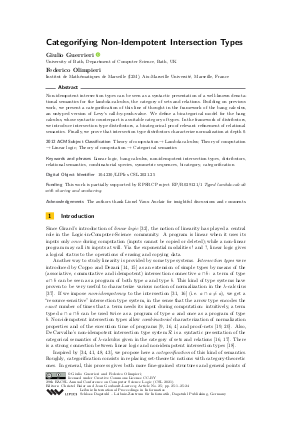LIPIcs.CSL.2021.25.pdf
- Filesize: 0.66 MB
- 24 pages

 Creative Commons Attribution 3.0 Unported license
Creative Commons Attribution 3.0 Unported license







Feedback for Dagstuhl Publishing